Community ProjectsPunta de Lobos: Forever Free

The Fundación Punta de Lobos Interview
Beyond being the strongest economy in South America and home to [the majority of] the longest mountain range in the world, Chile also boasts a wild and wave-rich coastline. Zoom in on the country’s coastal outline on Google Maps and you will find a vast number of either deserted or lightly populated nooks and bays, the kind that any swell (particularly a south-westerly) would like to roll into. Among them, one place that stands out is Punta de Lobos – a village in the commune of Pichilemu, 3-5 hours drive southwest from the capital Santiago. But its utterly consistent, stuff-of-dreams left-hand point break waves are not the only reason why the spot transcends. As of lately, what makes Punta de Lobos a pacemaker in the world of surfing is the consistency of its resilience.
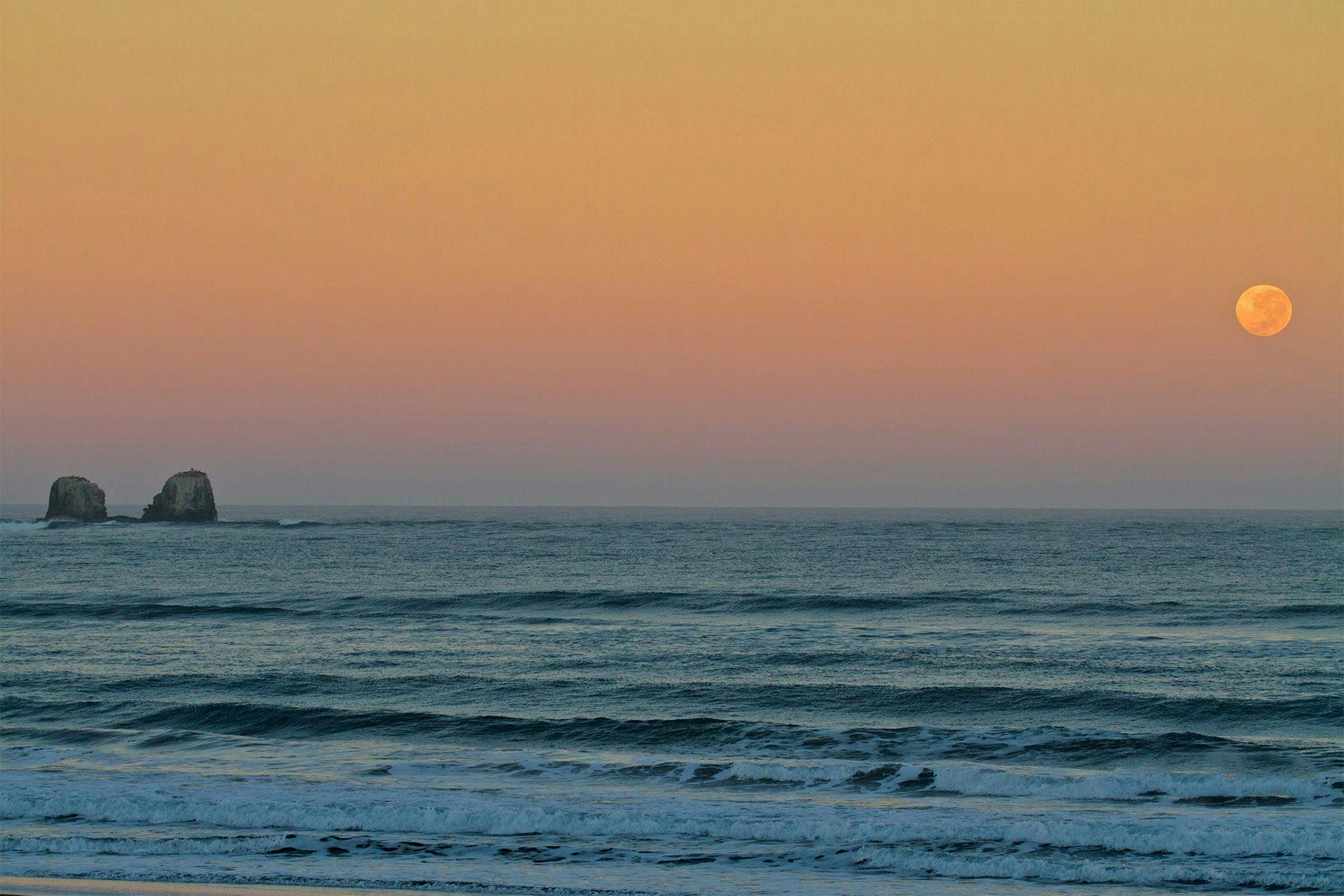
The romantic appeal of a beachfront property is an inherent feature that, unfortunately, often drives unsustainable private development – a long-familiar threat to waves and near-shore communities. Back in 2013, the chunk of headland on and around which the wave of Punta de Lobos breaks was sold, and with that, unsurprisingly, talks over the construction of a hotel emerged. What seemed like another imminent case of “the South American sociopolitical modus operandi” turned into a near-miracle when, four years later, that very plot of land was turned into a nature reserve and protected from cavalier development forever.
“Punta de Lobos was faced with many threats: local authorities had approved two large real estate developments that would have damaged the local ecosystem and blocked access to surfers, fishermen and tourists. The community, led by Ramon Navarro, organised to protect Punta de Lobos by creating a “Defense Committee” composed of many different members of the community – surfers, fishermen, neighbours, etc. As a committee they pushed local authorities and managed to put a stop to the construction of these projects and also fought for a change in the local regulatory plan. That was the starting point of the protection efforts for Punta de Lobos and also the starting point for Fundación Punta de Lobos.”
Andrés Margozzini, FPL.
Surf Simply reached out to Andrés Margozzini of Fundación Punta de Lobos to hear more about the foundation’s framework and how such a broad coalition has been working together to manage the reserve, respect tradition, and keep the waves accessible to all..
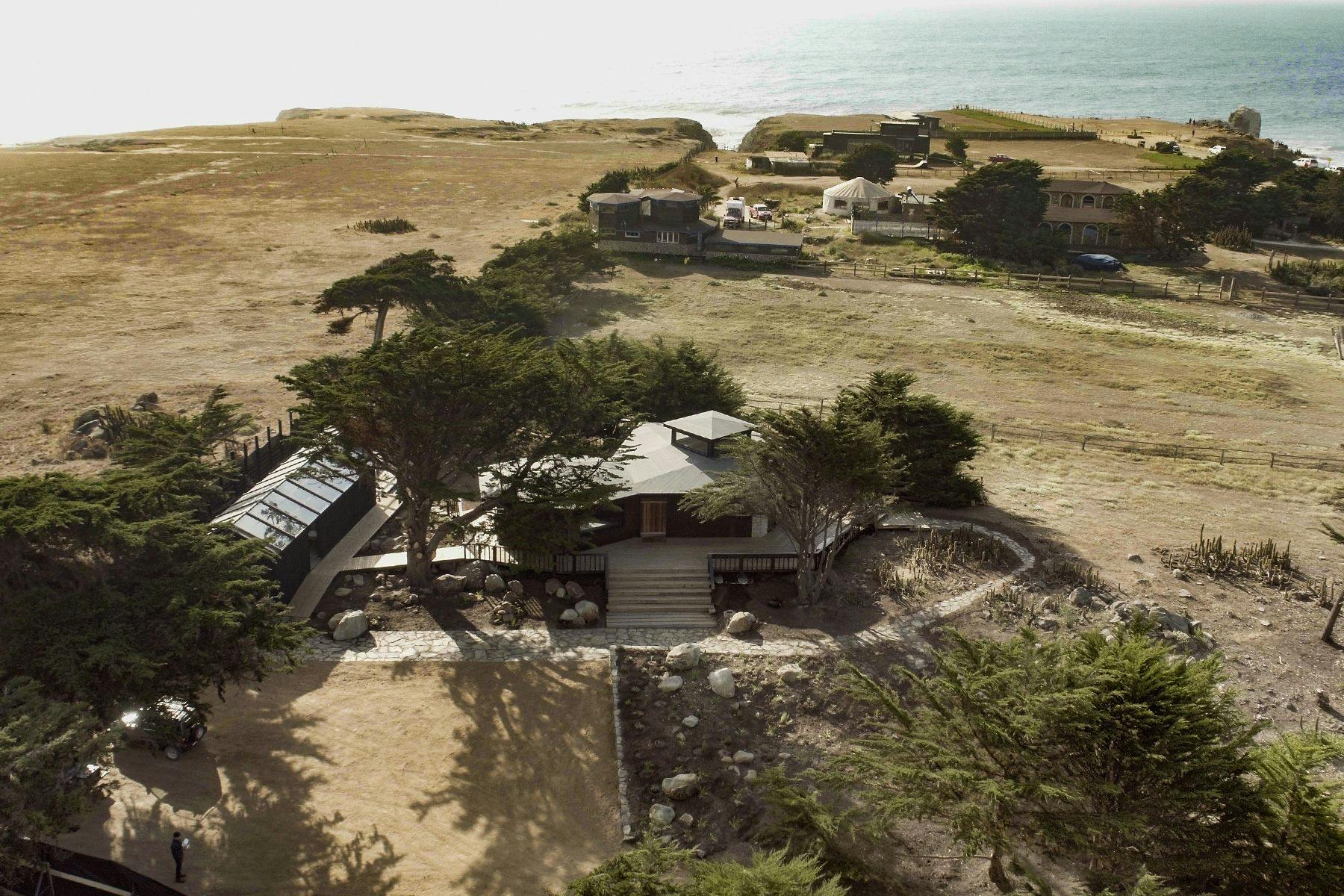
Different natural environments across the world are worth protecting for various reasons. From a conservation perspective, what are some factors that make Punta de Lobos special?
Punta de Lobos is a very unique place: naturally beautiful with stunning scenery, it is home to local endemic and native flora as well as being a corridor for migratory marine mammals and birds. This alone makes it worth protecting, but in our view that’s not why this project has the potential it does.
The fact that on summer days we get as many as 9.000 people visiting Punta de Lobos gives it a tremendous potential for education and general communication. There are not many coastal conservation projects in Chile, so using Punta de Lobos as the example and the first domino in a large chain is where a project like this can really make a difference.
Among so much sad news regarding the environment, the protection of Punta de Lobos is a story of success. What would you say were some factors that helped it succeed?
The successful protection of Punta de Lobos is still an ongoing project; there have been steps towards it but there is still lots of hard work and challenges ahead. The strength and intensity of the local community is the main factor in this project’s drive. Everyone feels Punta de Lobos is theirs and it really belongs to everyone – this is why we can be optimistic for its future.
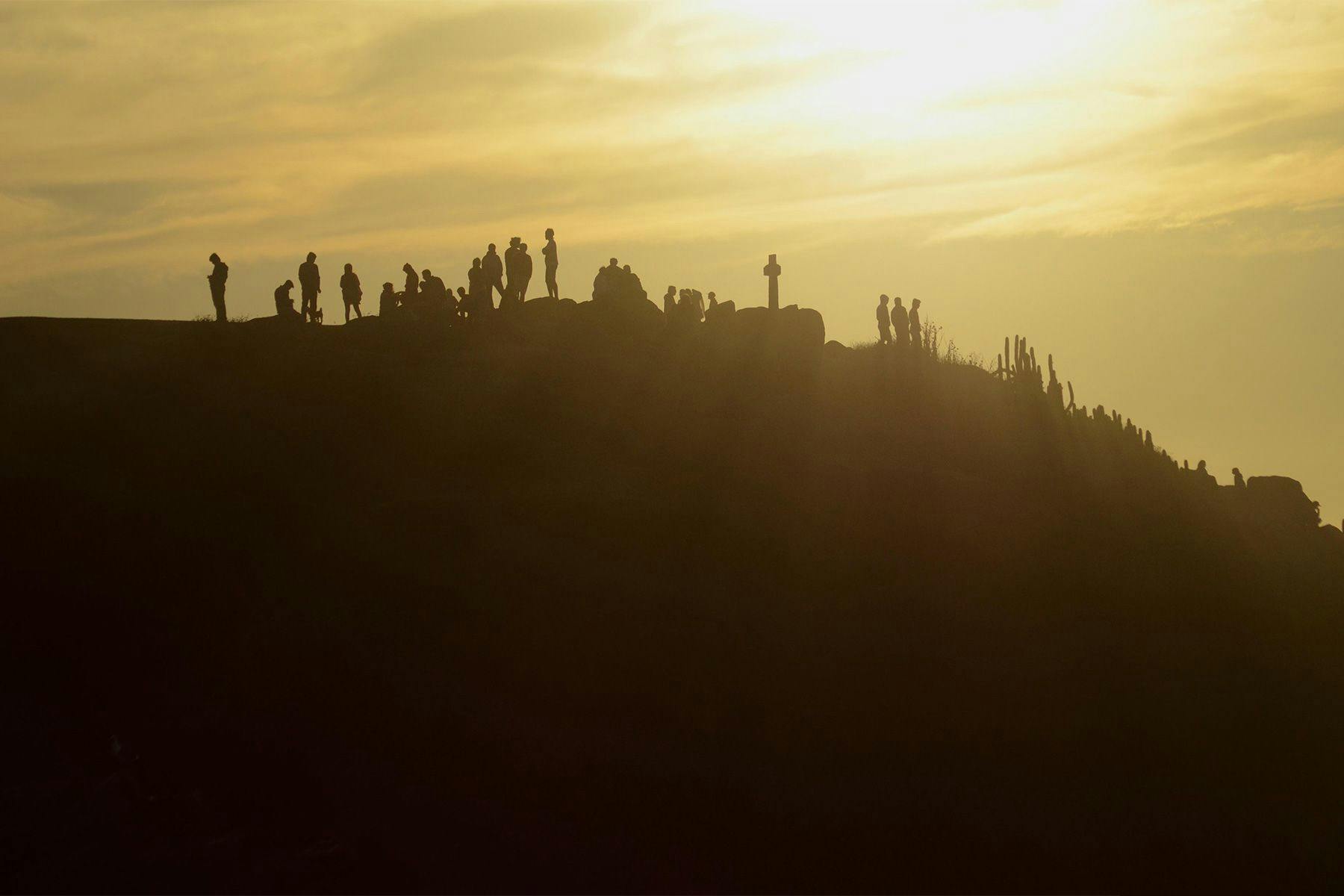
What is the current role of the foundation in Punta Lobos? How does it sustain itself?
Currently, Fundacion Punta de Lobos is trying to enlarge its scope of protection in Punta de Lobos, as well as caring for the ecosystem in the land – which is already part of the project – by implementing different initiatives to reduce erosion, protect and restore local endemic flora and fauna. Also, getting involved in coastal protection at a national level, looking to aid in policies that create incentives for private conservation efforts and fighting for laws that protect the Chilean coastal border. FPL sustains itself through donations and thanks to the great philanthropic work of Nicholas Davis, Founder of FPL.
How has the creation of the foundation impacted the community, both in practical and intangible ways?
In a practical way, the restoration of its natural landscape is visible: sensible areas have been protected by the creation of trails and the difference in vegetation, if you compare the state before and after the trails, is really shocking. Also, from a more intangible perspective, the protection of open space for everyone to enjoy creates huge social benefits and collective wellbeing that we intend to measure in the near future.
Punta de Lobos relies both on fishing and tourism as its main means of subsistence and yet, it was the very wish to develop tourism infrastructure that once threatened the ecosystems and the community. Now that the land has been protected, what mechanisms have the foundation and the community been working on to develop tourism in a more sustainable way?
FPL has a strong focus on developing local economies by maintaining and enhancing traditional and historic points of commerce in Punta de Lobos. It is very important to make the distinction that development is a threat when it lacks proper regulation but local economies such as tourism have to be developed sustainably and by the local community. On our web page we have an interesting paper on the subject called Why Touristic Destinations Fail.

We know that not every government prioritizes (or even worries about) land conservation. What has been the relationship between the FPL and the Chilean government?
FPL has different ways in which it relates with the Chilean government; we have constant contact and work closely with local government (Municipality). As a private organization, it’s not possible to take on the role of the authorities, so we very much need and have their support regarding security, regulation towards parking, garbage collection and other tasks which are usually taken on by local authorities.
Moreover, FPL has also collaborated with other organizations, namely Save The Waves.
Apart from including Punta de Lobos in their World Surfing Reserves Program, Save the Waves designed a crowdfunding campaign to raise money for the Punta de Lobos Conservation project that would be articulated by the Punta de Lobos Foundation. The campaign was launched at the same time as the film by the Patagonia brand called “The Fisherman’s Son,” which narrated the life of Ramón Navarro, a well-known Chilean surfer and major environmental figure, and his dream of protecting Punta de Lobos. The campaign was made a part of the tour of premières around the world where Save The Waves played a very important role in channelling international donations and creating an awareness of the project the world over.
One of the bureaucratic pillars in FPL’s work is the Voluntary Easement (VE) model of the Chilean Law of Conservation (Derecho real de conservación). Can you please explain how it works?
In 2012, a bill of law was passed that recognizes the Real Right of Conservation (DRC) of the environment by the private sector. This right is exercised through the imposition of liens or title retention on the relevant property.
These liens or title retention on the relevant real estate are called a Voluntary Easement or Conservation Easement, and they work in the following way:
- The easement describes the natural or productive aspects that the owner wishes to maintain in perpetuity, such as vegetation or native forests, recreational uses, the habitat of certain species or a scenic view.
- The easement defines what the owner can continue to do on the property provided it is consistent with the conservation effort.
- The easement stipulates what the owner cannot continue to do on the property.
- It grants an organization the right to monitor compliance with the terms set down in the DRC document.
The restrictions under a DRC are recorded in the property titles and therefore continue in perpetuity regardless of who the owner is. Now, the definition of the restrictions and limitations that are established will depend on the property and the stakeholders involved. In that regard, it is a sort of “custom-made suit” where the content accommodates the interests and needs of the stakeholders involved, allowing, for example, recreational and commercial activities and uses, farming, etc. It is a flexible and practical tool for people and organizations to develop conservation initiatives or even sustainable economic activities.
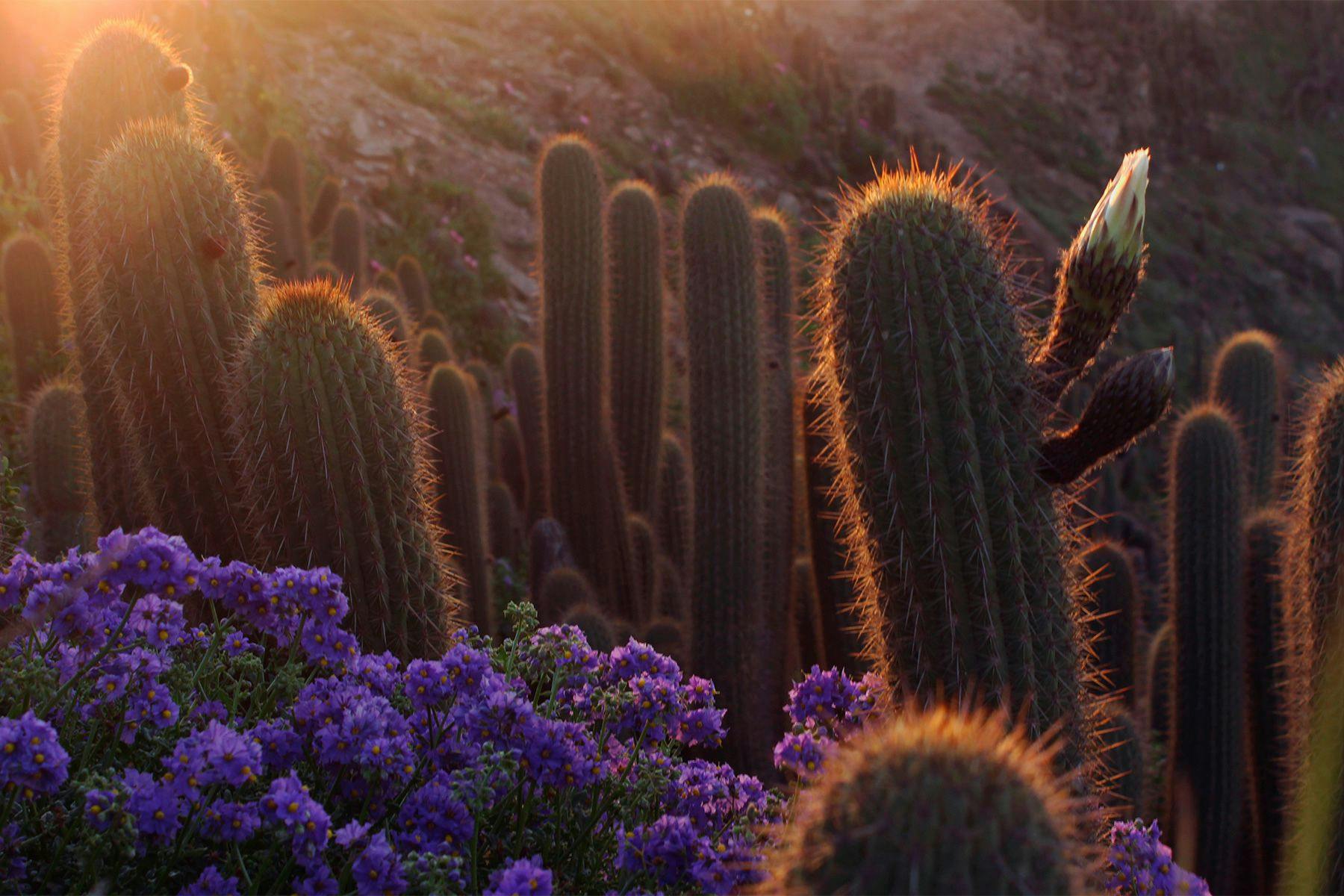
What has been the role of surfing in the creation of FPL and, consequently, the protection of Punta Lobos?
Surfing plays a very important role in the protection of Punta de Lobos; it is one the local traditional activities and one of the reasons why people love this place so much.
As a surfer, what would you say is special about the wave and the area?
What has never ceased to amaze me is the consistency of this wave; how you can surf all year round.
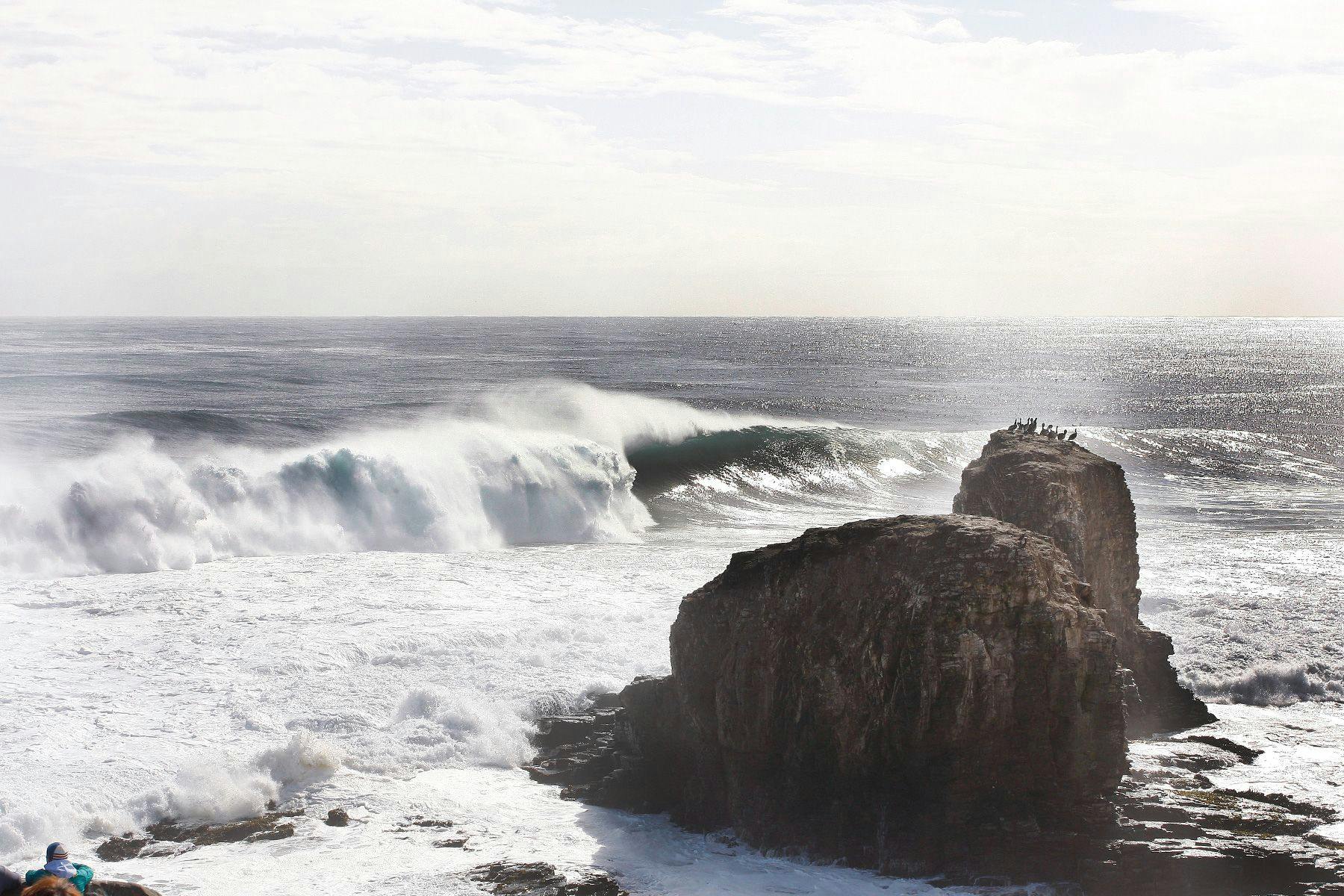
What are the plans and projects for the foundation in the near future?
We have many plans and projects for the near future. We are developing an environmental education plan, starting with local educational institutions providing them with the possibility of outdoor learning. We recently inaugurated FPL´s house, which will be a Think Tank focused on environmental work and aiming to enhance collaborative work between NGOs, Government and Communities. We also just recently inaugurated a greenhouse that is part of our cactus reforestation project, this enabled us to bring many of our cactus from seeds recollected in Punta de Lobos that were being incubated elsewhere. This is a great milestone in the reforestation project because it allows us to start the adaptation process. Also currently FPL is developing a Signage project (Park signs and Educational Panels) this provides us with the possibility of communicating with the great flow of people that visit Punta de Lobos, it’s a way to channel the potential for education of the place.
Find out more at www.puntadelobos.org.